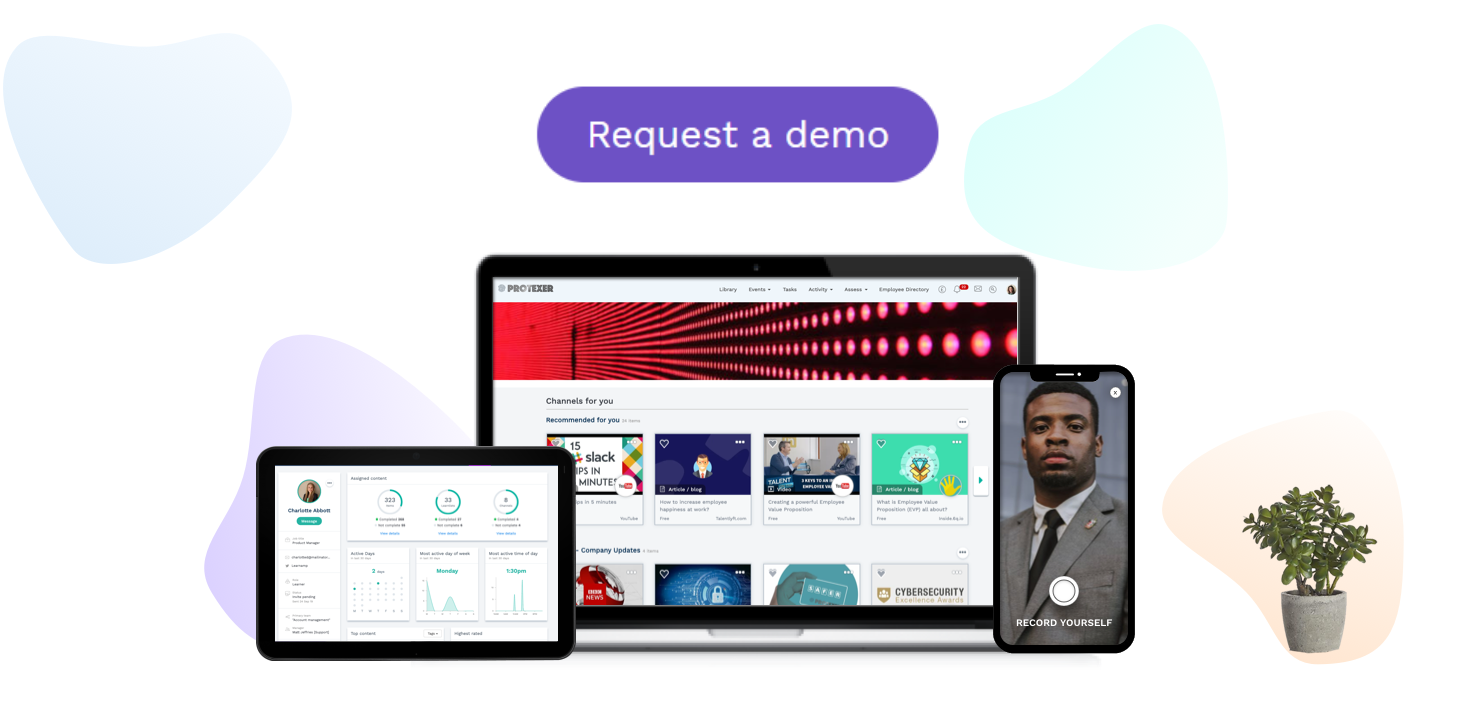In our previous post, we looked at why companies like Zappos and Amazon pay employees to quit. Here’s how you can introduce it in your own organisation.
The idea behind paying a leavers’ bonus to employees is to encourage alignment.
Employees who decide to turn down the payout and stay with your company have demonstrated their commitment to the organisation - and even placed a monetary value on it!
As a result, you’re left with a team of people who have carefully considered their own reasons to stay, and have decided they really want to be there. Your culture, your productivity and your retention rates will all benefit from a more aligned, more engaged and more motivated team.
If you decide to implement a Pay to Quit program in your own business, there are a few things to bear in mind:
1. Communicate clearly.The idea behind the “Pay to Quit” scheme is to encourage employees to stay, and to double down on their commitment to the company - not to make people feel that you’re driving them out! So the way you communicate with your employees about the offer is critical.
For instance, when Amazon introduced the scheme after purchasing Zappos, they titled their letter to employees “Please Don’t Take This Offer.[1]” In other words, make sure it’s clear that you aren’t edging people out the door - you’re just giving a helping hand to those who have already decided they want to go.
2. Rinse and repeat.At Zappos, only new hires received the Offer during the first few weeks of training. At Amazon, they decided to repeat it every year, increasing the amount offered by $1000 each time (up to a maximum of $5000.) As a result, each year the employee considers their dedication to the company and recommits to staying, driving up engagement and performance.
In a way, the employees are giving Amazon a performance evaluation each year, enabling the company to keep a close eye on how well they’re doing on the engagement front.
3. Learn from your mistakes.To get your money’s worth from a Pay to Quit scheme, aim to sit down with each employee that takes you up on your offer and figure out why. Conducting formal exit interviews can be an invaluable way to identify issues with your talent management strategy. For instance:
- Did the employee decide to move on because they don’t share the same values or don’t feel like a good fit for the company (suggesting you need to review your recruitment processes)?
- Was there an issue with a team manager (pointing to a need for additional learning resources or coaching for your line managers)?
What do those that take the payout have in common with each other? Can you fix these issues, so that fewer and fewer employees accept the Offer?
Of course, if all this seems too out there, you can still get some of the perks of a Pay to Quit scheme without actually doling out cheques. At Learn Amp, we don’t pay people to quit, but we do have a robust toolkit of strategies to increase employee alignment and nip performance issues in the bud. Our employee alignment and engagement process includes:
- 360 degree performance reviews before probation runs out, to make sure that both the employee and their manager feel happy with how things are going;
- Monthly 1:1s for all employees with their line managers, to encourage on-going alignment and address any issues promptly;
- A culture of open communication and “benevolent honesty,” in which feedback is not only expected but welcomed by both employees and managers;
- Clear and frequent communication on our overall company goals and the role that each individual and team plays in meeting those goals, so that everyone knows not only what they are contributing, but what their contribution is important.
In addition to building processes to strengthen employee engagement and alignment, we also recommend that you create a well-lit, safe exit path for employees who decide they don’t want to stay. It’s important that employees stay with you only because they actively want to be there, not because of lethargy or social pressure from teammates.
Even without paying people to quit, by inviting employees to carefully evaluate their commitment to the company and reaffirm their decision to stay, you’ll help to drive engagement and boost productivity.
Resources:
[1] https://www.inc.com/david-burkus/why-amazon-bought-into-zappos-pay-to-quit-policy.html




